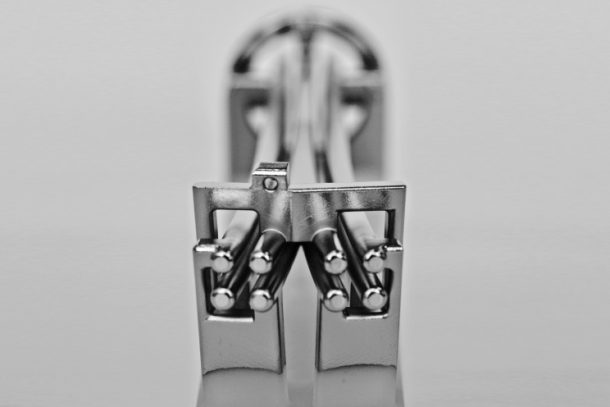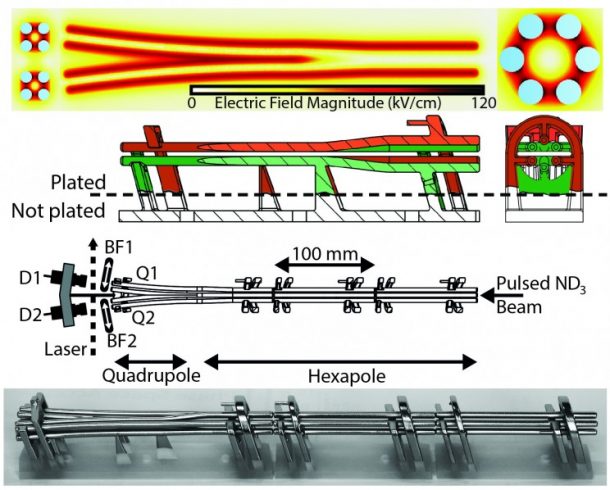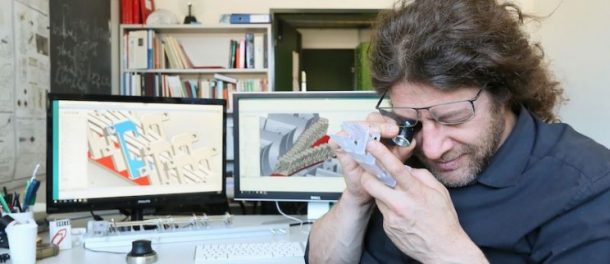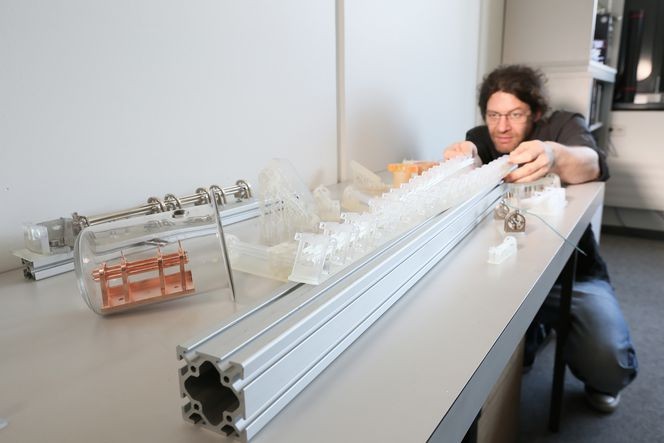Science is neither easy nor cheap. Coming up with brilliant experiments and creating a reasonable hypothesis is just the beginning of a much tougher job. Some things that come as simple theories to us, often take a setup of super complex machinery and sometimes, even building whole new machines worth millions of dollars. Additive manufacturing is making the fabrication of many objects a whole lot simpler and cost-effective than it used to be.
The Formlabs group has combined the process of electroplating with 3D printing that will reduce the manufacturing time and cut costs to make test experiments. The man behind this innovation is Andreas Osterwalder, the head of Formlabs. In an experiment to observe the interaction of molecules at absolute zero temperatures, he tried out a 3D printed and electroplated beam splitter to control the motion of molecules.

Osterwalder explained his experiment saying, “You can imagine a jet of water: the molecule beam is inside a vacuum and in this condition, we can start controlling the direction in which the jet is steered.”

Integration Engineer at Formlabs EU base, Moritz Walter detailed it further:
“…In a first step, Mr. Osterwalder prints a precise model of the desired electrode on a Form 2 3D printer. Afterwards, the model is coated with nickel and gold to achieve the necessary surface conductivity. In total, the process takes about 48 hours from design to finished electrode, at a fraction of the cost.”

Swiss company Galvotec provided assistance to the team in the partial coating of some pieces. The team managed to perfect the coating process and believes that the same technique can be used to improve traditional electroplating. Walter looks forward to achieving a much higher goal.
“We’re excited to see the ingenuity of our users bringing forth new applications of 3D printing. Of course Formlabs also actively engages in the research that explores what’s possible in additive manufacturing, be it in digital implantology, vulcanized rubber molding or optics.”


